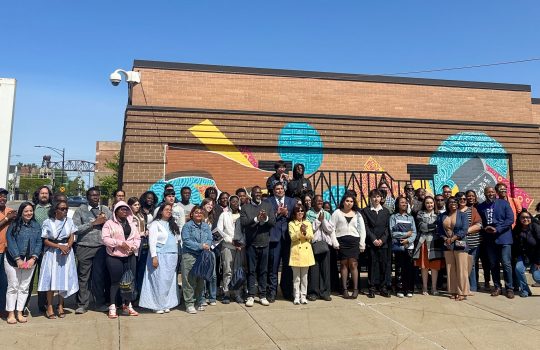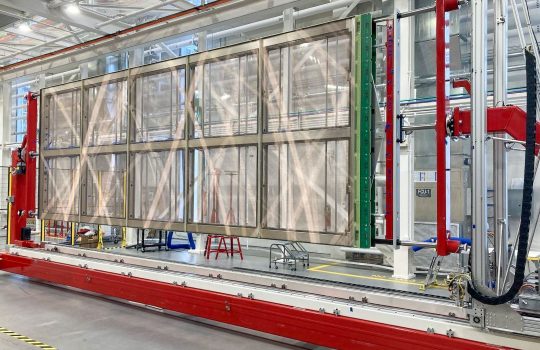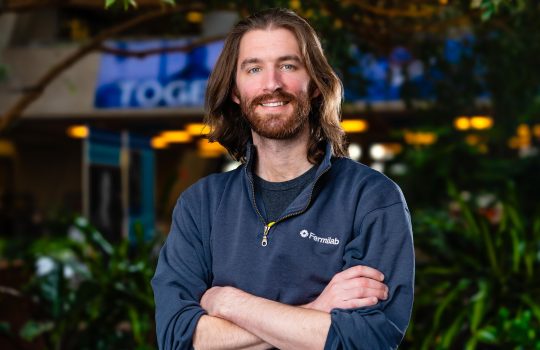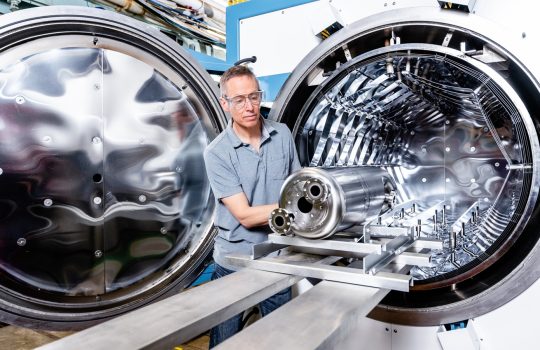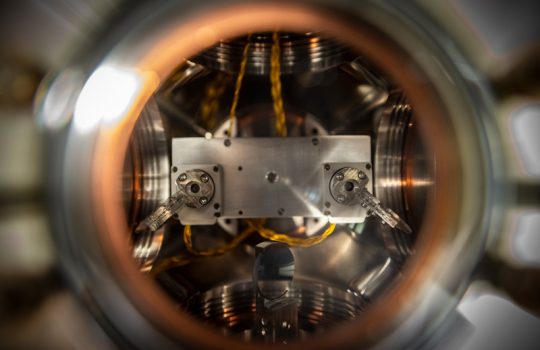CPS students graduate from Fermilab quantum science program
Fermilab hosted its first quantum science education outreach program for Chicago high school students. The classes were taught by quantum scientists and subject matter experts to inspire the next generation of quantum researchers.

